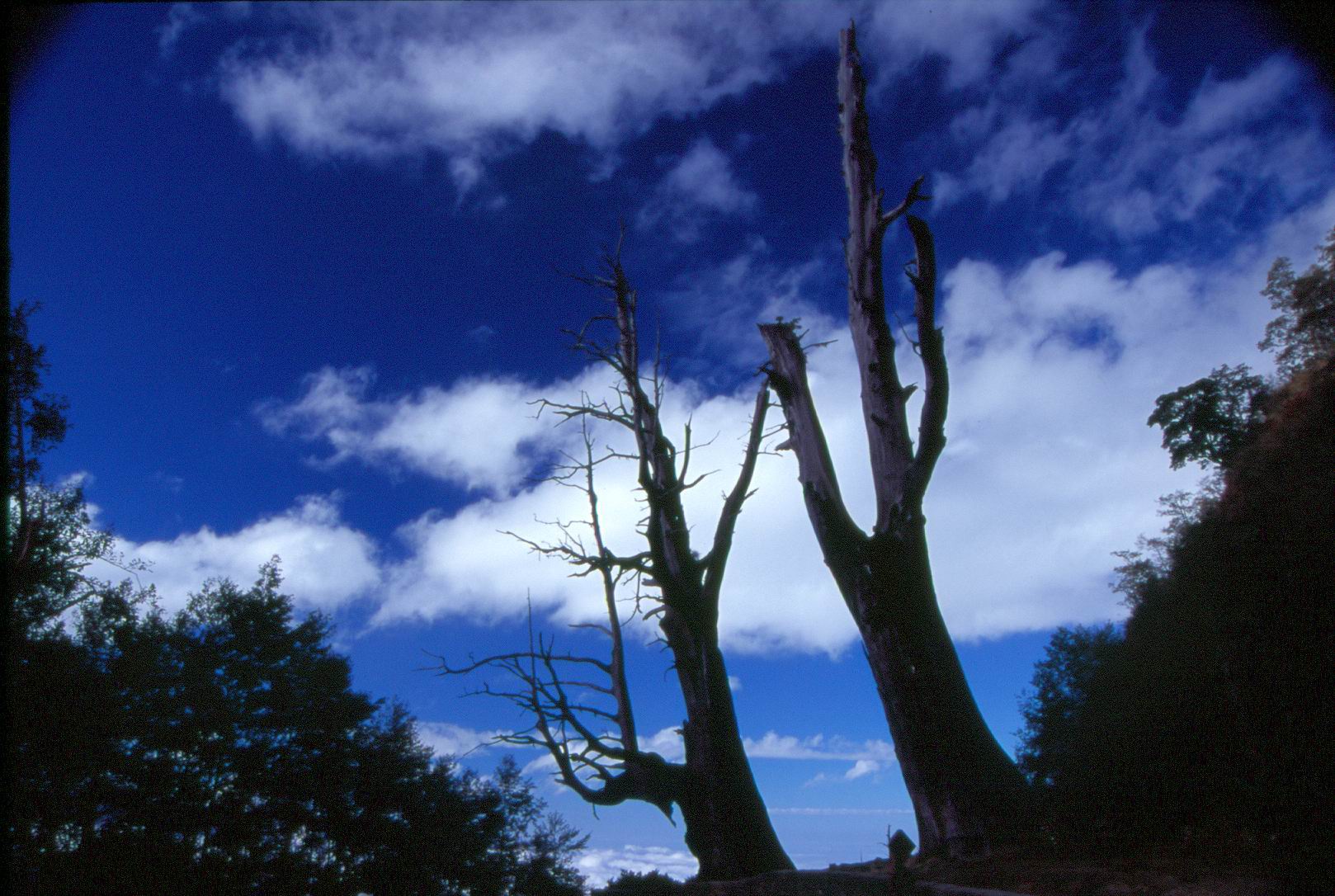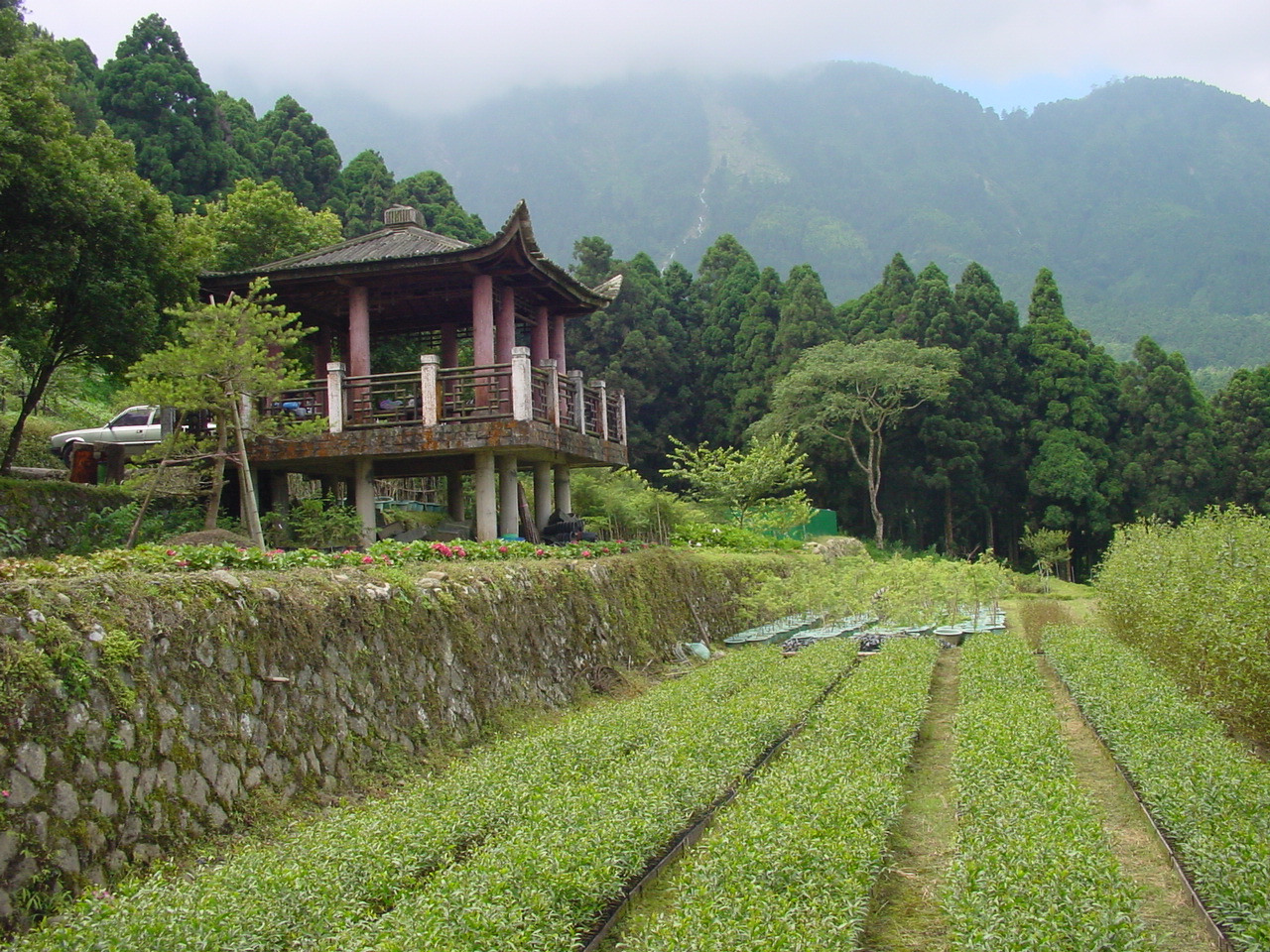|
|
|
|
For the promulgation and imple-mentation of the “Forest Resources Management Planning in Taiwan”, the objectives of the forest resources management focus on cultivating forest resources, protecting land, developing forest recreation, full protection of natural forest, nature reserves, and forest recreation zones, and providing assistance to private forest plantations. Based on the operation goals, the land use in the Experimental Forest comprises the planning of contracted forest land, the land for public infrastructure and public benefits besides the maintenance of nature forests, and silviculture of forest plantations.
§ Land for Infrastructure
To meet the daily demands of local inhabitants for public facilities and the improvement of living quality, the forest land could be used by all institutes for the public infrastructure or public utility upon the authorization of the College of Bio-Resources and Agriculture, National Taiwan University in accordance with the Article VIII, Forest Code and other relevant regulations enacted by the Taiwan Provincial Government, under the precondition without conflict with our forest resources management.
§Land for Public Benefits
| 1. | Yushan National Park: |
| |
It covers about 8,224 ha, comprising common administrative area, recreation area, and special scenery area. |
| 2. | Fenghuanggu Birdhome: |
| |
It is located the 12th forest compartment of Qingshuigou Tract, which was established in April, 1975 and named to be “Fenghuanggu Birdhome” planned by the Taiwan Provincial Government. The Experiment Forest provided 30 ha forest land free of charge for this bird garden to promote local tourism. It is now under the jurisdiction of the Ministry of Education. |
| 3. | Land for the New Central Cross-Island Highway: |
| |
The forests in compartments 27 and 29~33 in the Experimental Forest, totaling 76 hectares, are to be used by the Directorate General of Highways as the New Central Cross-Island Highway (to be called Tai-21) of the 12 Major Constructions that would facilitate the transportation in central Taiwan and the industrial development in Nantou and Jiayi. |
§ Nature Forest
The total area of nature forests is 12,057 ha, where is designated for water resources conservation, erosion control, and protection of primary forests and other resources. Although some of the nature forests had been logged in past decades, all nature forests are reserved for erosion control, water resources conservation, students’ field practice, and scientific researches.
§ Protection Forest
It is located at Yushan Mountain, covering 6,449 ha and ranges between 1,200 and 3,952 m in elevation, where the terrain is very steep. It was set as the erosion control and protection forest, which plays a very important role in the land protection in Taiwan. At present the protection forest is luxuriant with various species, which has a great contribution to the water resources conservation. Currently it is under the jurisdiction of Yushan National Park.
§ Water Resources Forest
It covers 1,307 ha in total, including partial natural forest, and nature forest of the 3rd and 6th forest compartments in the Xitou Tract and 25th forest compartment in Heshe Tract. For its great contribution to water resource conservation, erosion control and scene views, it is managed by means of water resource conservation.
§ Conservation Forest
It is located at the 29th and 31st forest compartments of the Duigaoyue Tract, covering 307 ha in total. It was set as the forest where Cinnamomum camphora species were protected during the Japanese Colonial Period, later as the conservation forest for academic researches and as reference forest for forest resources management. The forest is luxuriant and provides home for various species, particularly rare birds such as Mikado pheasant (Syrmaticus mikado), Swinhoe’s blue pheasant (Lophura swinhoii). The biggest broad-leaved tree in Taiwan is also included in this area.
§ Forest plantation
Forest plantations are important for the forest land management of the Experimental Forest. The pioneer forest plantation was established in 1909, which has been witnessed more than 90 years. There are many long-term increment experimental fields established in recent years. Forest plantations now cover 8,815.77 ha in this Experimental Forest, where more than 40 species of tree were planted, in which Cryptomeria japonica and Cunninghamnia lanceolata are on the top occupying up 70% of the total plantation area, next the Taiwania cryptomerioides and Chamaecyparis formosensis. Recently the area for Cryptomeria japonica and Cunninghamnia lanceolata is reduced greatly and replaced by native tree species such as Taiwania cryptomerioides, Alnus formosana, Zelkova serrata and Cinnamomum camphora. In addition, multi-species forestation is recently adopted for reducing the damage caused by squirrels.
The purposes of forest plantations are threefold: 1) production of timber, 2) promotion of forest output, and 3) establishment of conservation forests. The former two purposes are means to meet the purpose of economic forest management. The last purpose has emerged in recent years for facilitating forest restoration, and increasing forest resources in Taiwan.
§Contracted Forest
The contracted forest, including conservation bamboo forests, nursed bamboo forests and cooperative forests, were contracted with forestry farmers who would operate, manage them and take the profits during the liquidation of the accomplished cultivatable land at the different times. It has an area of 6,434 ha, contracted with more than 3,800 forestry farmers. For the strong demands for privatizing contracted forest and the policies of the Taiwan Provincial Government, the household lands of about 206 ha were released in 1989 but it did not affect the land protection, teaching and researching of the Experiment Forest.
|
|
|
|

